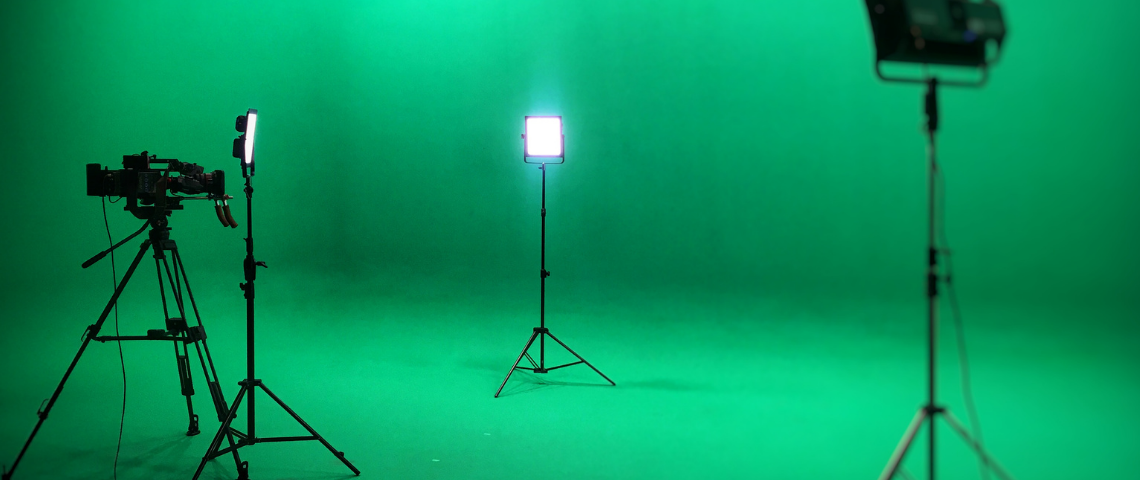Photography is something that is practiced by professionals and amateurs alike. The differences will be in the experience and knowledge that provides us with the techniques to follow and in the price of the equipment used.
There is no doubt that there are tips and tricks to know and to follow, and here we shall look at a few of them.
Background
Consider your background carefully as it is the hardest thing to successfully change later, even with digital photography. It affects whether or not a subject is shown off to its best or not. Only you will know later what could have been achieved because you were there.
We will, for instance, want to avoid clashes with colors, or colors that blend so well that our subject ends up lost to the background. Also, the background may contradict the theme of the subject focussed on. Photography is about creating the right ambiance and mood, which is achieved by choosing the right setting. This is something that you may have to keep a sharp tab on, especially in events such as weddings and similar gatherings. To do that, you could convey the message to your seattle wedding photographers (or one based near the area of your wedding) for them to factor in. After all, when you look back through your pictures, you may want to see perfectly taken photos.
Clear Clutter
Clear away any objects that will make a final image seem cluttered. It is a balance between leaving items around to look natural or having an image simply look too busy. This thinking is all about not distracting from what you want to be noticed in your photograph. This is whether it is going to be seen by family and friends, or worthy of entering a competition with. That is, after all, how many professional photographers started. It is more satisfying to take photographs where great thought has gone into their composition.
Lighting
Professionals like this headshot photographer will go to great lengths to ensure that the lighting is right for a photograph. Where it is not, it can be artificially enhanced but is just not the same as creating that natural look.
Light meters are still used by professionals and amateur photographers. They are considered an important tool in the eyes of some professionals, yet unnecessary in the eyes of others. The purpose of these light meters has never changed, though. They measure precisely how much light is falling on or reflecting off a subject. It can be a useful gadget even when you are getting feedback from your camera’s LCD screen.
So, just how long have light meters been around? Well, since 1932 when Weston produced the first direct-reading light meter that was both simple and accurate to use. He was awarded a Franklin medal by the Institute for all his efforts. He was a prolific inventor who would hold 300 US patents upon his death.
Apart from light meters, photographers will also use lightboxes and umbrellas to manipulate light. We do not, after all, want our subject to look too dark or too light. Computer image manipulation software to lighten or darken a digital image after the event is all very well, but it can mean lightening and darkening all areas of an image when it is only the subject that you want to brighten. So, it is better to get the lighting right in a photograph in the first place and so during the photographing process.
Always, however, take advantage of natural lighting where this is available. It will result in the best possible image.
Use the Right Lens
Traditionally, cameras have had the capability of being able to be fitted with different lenses. Zoom lenses are now, of course, a feature within the casings of cameras, as well as still being available as an attachment. Separate lenses are used a lot by professional photographers as the lens required for many distances would just be too large to slide in and out of a camera. These lenses are capable of shooting from great distances and achieving wide-angled shots.
The advantage of using separate lenses is that filters can be attached to the end of them to deal with bright sunlight and, for example, alter the colors of the sky to a richer blue if desired. You can obtain UV filters (search for shutterreleaseworld on the Internet for additional information on this), polarizing filters, color lens filters, and special effects filters, to name a few.
Of course, lenses are quite expensive if you buy them brand new so typically only professionals are able to have a wide collection of them as amateurs won’t have the budget for them all. With this being said, they can buy them secondhand from sites like eBay in order to save money – as long as they’re in good working condition then it won’t matter that they’re not brand new. They can also see this article to find numerous coupons for eBay that will make their different lenses even more affordable. This way, the fact that they’re amateurs won’t hold them back from capturing beautiful shots.
Some examples of different lenses available include:
Wide Angle (14mm to 35mm) – Landscapes and architecture.
Standard (35mm to 85mm) – Portraits, street, and travel.
Short Telephoto (85mm to 135mm) – Portraits and street.
Medium Telephoto (135mm+) – Action, sports, and wildlife.
Super Telephoto (300mm+) – Distant sports, nature, and astronomy.
Macro (35mm to 200mm) – Close-ups.
So, lots of tips here, but no substitute for getting out and experimenting. With digital photography, it is not possible to waste a film and there can still be hope when an image does not turn out as you would have hoped. Perhaps because there was something you wished you had considered at the time while taking the photograph. This is where experience becomes your friend.

